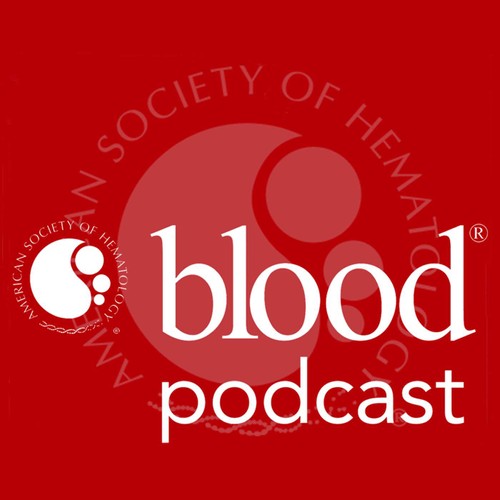
 Blood Podcast
Blood Podcast Measurable residual disease and maintenance therapy in acute myeloid leukemia (AML), stemness and chemotherapy resistance in AML, and effects of babesiosis on red blood cells in sickle cell disease
May 8, 2025
Delve into how measurable residual disease is pivotal in guiding therapy choices for acute myeloid leukemia, particularly with FLT3-ITD mutations. Discover the intriguing link between stemness and chemotherapy resistance, shedding light on relapse rates. Plus, learn about the effects of babesiosis on red blood cells in sickle cell disease, including how it affects deformability and oxygen transport, highlighting significant health implications for affected individuals.
AI Snips
Chapters
Transcript
Episode notes
MRD Guides Gilteritinib Maintenance
- Measurable residual disease (MRD) correlates with relapse risk in FLT3-ITD AML post-transplant.
- Gilteritinib maintenance improves relapse-free survival particularly in patients with detectable MRD.
Early Start and MRD Monitoring
- Start gilteritinib maintenance as early as possible after confirmed engraftment.
- Use NGS-based assays to monitor MRD regularly to guide treatment decisions.
GATA2 Mediates Chemotherapy Resistance
- High GATA2 expression links stemness to anthracycline resistance in AML.
- GATA2 suppresses RASSF4, stabilizing MDM2 which inhibits p53-mediated apoptosis.
